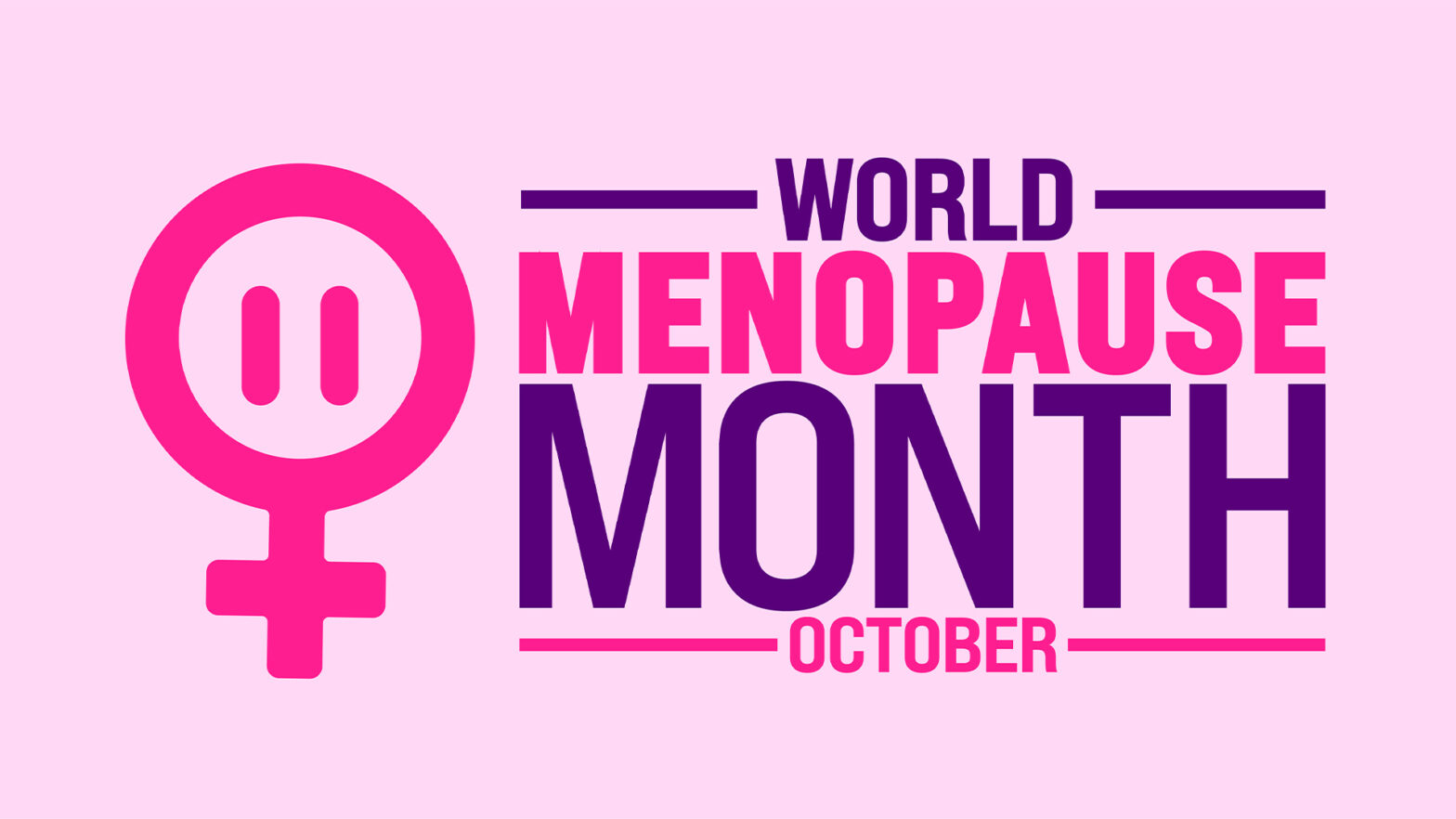Imagine a situation where your eyes simply won’t cooperate. You might experience involuntary blinking, twitching, or even your eyelids clamping shut, making it difficult or impossible to see clearly. This can happen unexpectedly, often in everyday situations, and can be frustrating and isolating. This condition is called blepharospasm, a neurological disorder affecting the muscles around the eyes.
For individuals experiencing these symptoms, understanding blepharospasm and learning effective management strategies is crucial for maintaining control and improving quality of life. This guide aims to provide clear, practical information about living with this challenging eye condition.
What is Blepharospasm? Understanding the Condition
Blepharospasm is a type of focal dystonia, a neurological movement disorder that causes involuntary muscle contractions in a specific part of the body. In the case of blepharospasm, these contractions occur around the eyes. “blepharo” refers to the eyelid, and “spasm” refers to an uncontrolled muscle contraction.
This condition is not a vision problem in the sense of needing glasses; rather, it is a problem with the brain sending incorrect signals to the eyelid muscles. It often begins subtly, perhaps with an increased frequency of blinking or mild eye irritation, and can gradually worsen over time.
There are different forms, but Benign Essential Blepharospasm (BEB) is most commonly discussed. “Benign” indicates that it is not life-threatening and does not lead to blindness, while “essential” means its cause is typically unknown.
Common symptoms that individuals report include:
- Increased blinking: This is often the first symptom, starting as occasional and becoming more frequent.
- Involuntary eye closures: The eyelids might close completely and uncontrollably, sometimes for several seconds or even minutes.
- Light sensitivity (photophobia): Bright lights, sunlight, or even indoor lighting can trigger or worsen spasms.
- Eye irritation or dryness: While not a cause, these can sometimes exacerbate the spasms.
- Facial spasms: In some cases, the spasms can extend to other facial muscles, affecting the brow, mouth, or jaw.
- Functional blindness: Despite having healthy eyes, the forced eye closure can severely impair vision, making activities like driving, reading, or walking safely very difficult.
Symptoms often worsen with stress, fatigue, bright lights, or emotional tension, and may improve with rest, sleep, or certain focused activities.
What Causes Blepharospasm?
The exact cause of Benign Essential Blepharospasm is largely unknown, which is why it’s termed “essential.” However, research suggests it involves abnormal functioning in certain areas of the brain that control muscle movement, particularly the basal ganglia. It is believed to be a disorder of the nervous system’s control over eyelid muscles.
While the primary cause is unknown, certain factors are often associated with or can trigger or worsen spasms:
- Genetics: There can be a family history in a small percentage of cases, suggesting a genetic predisposition.
- Age: It typically affects people in middle to late adulthood, often starting between the ages of 50 and 70.
- Gender: It is more common in women than in men.
- Environmental Triggers: Bright lights, wind, air pollution, caffeine, stress, and fatigue are common triggers that can worsen symptoms.
- Medications: In rare cases, certain medications, particularly those affecting dopamine levels (e.g., some psychiatric drugs), can induce blepharospasm.
It’s important to differentiate BEB from other conditions that might cause eyelid twitching or irritation, such as dry eyes, allergies, or hemifacial spasm (typically affecting one side of the face). A thorough medical evaluation is necessary to ensure an accurate diagnosis.
Diagnosing Blepharospasm
Diagnosing blepharospasm primarily involves a clinical assessment by an experienced specialist. There is no single diagnostic test. Your doctor, often a neurologist or an ophthalmologist with expertise in movement disorders, will typically:
- Take a Detailed Medical History: They will ask about your symptoms, when they started, what makes them worse or better, your general health, and any medications you are taking.
- Conduct a Physical and Neurological Examination: This includes observing your eye movements and blinking patterns, and checking for any other neurological signs. They will also examine your eyes to rule out other eye conditions causing similar symptoms.
- Rule Out Other Conditions: The doctor will differentiate blepharospasm from dry eye syndrome, tic disorders, hemifacial spasm, or medication side effects. This might involve additional eye tests or, in some cases, brain imaging (like an MRI) to rule out structural abnormalities, though this is not usually required to diagnose BEB itself.
An accurate diagnosis is crucial because effective management depends on correctly identifying the condition.
Management and Treatment Options
While there is no cure for blepharospasm, effective treatments are available to manage the symptoms and significantly improve quality of life. Treatment aims to reduce the frequency and severity of involuntary muscle contractions.
The most effective treatment is:
- Botulinum Toxin Injections (Botox): This is the first-line treatment and is highly effective for most individuals. Small, diluted amounts of botulinum toxin are injected into the muscles around the eyelids. The toxin temporarily weakens these muscles, reducing the spasms.
- How it works: The injections block the nerve signals that cause the muscles to contract.
- Effectiveness: Relief usually begins within a few days to a week and lasts for approximately 3 to 4 months, after which repeat injections are necessary.
- Side effects: Potential side effects are usually temporary and mild, including temporary drooping of the eyelid (ptosis), double vision, or irritation. These generally resolve as the toxin’s effect wears off.
Living with blepharospasm involves a combination of medical treatment, personal strategies to manage triggers, and accessing support. An accurate diagnosis from a specialist is the first crucial step towards finding an effective management plan.



















